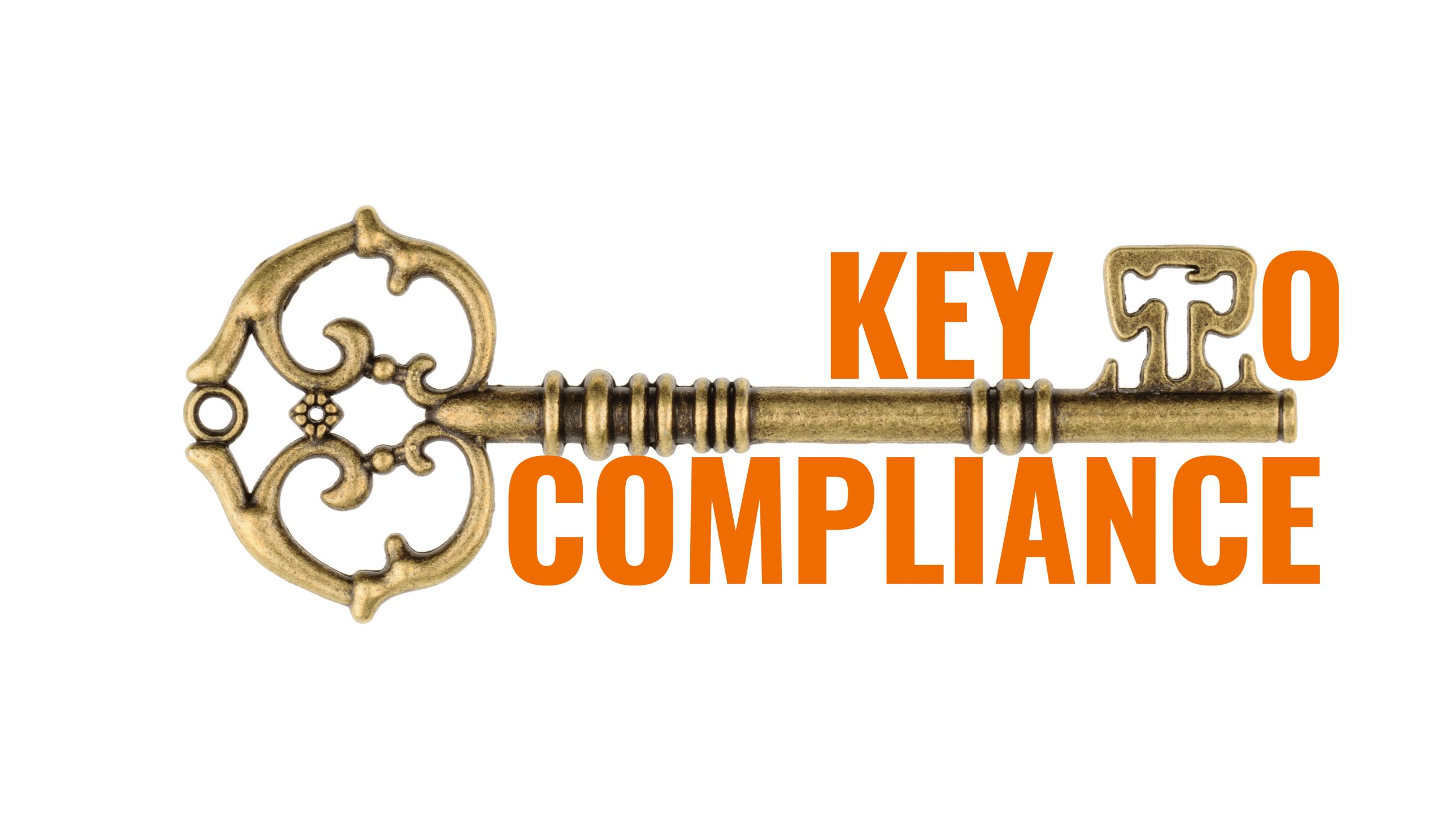Due to COVID-19 many employers has adopted work from home set up for their employees. But as it is not the typical employer premises i.e work environment or the big circle around work environment where we define work related cases to record, it becomes difficult to know what to do when an employee reports an injury.
OSHA has made provisions at Section 1904.5(b)(7) for determining the work-relatedness of injuries and illnesses that may arise when employees are working at home. When an employee is working on company business in his or her home and reports an injury or illness to his or her employer, and the employee’s work activities caused or contributed to the injury or illness, or significantly aggravated a pre-existing injury, the case is considered work-related. It must be further evaluated to determine whether it meets the recording criteria. If the injury or illness is related to non-work activities or to the general home environment, the case is not considered work-related.
Buy OSHA Recordkeeping Analysis & Form 300, 301 Training @ $49 only Click Here
Example :
1 – If the employee during his break time decides to fix a wall and while trying to put a painting and accidentally hit his hand and got injured. It is not work related and hence not recordable. He was voluntarily doing his personal activity and not for the employer.
2- Imagine if the employee is working on computers and facing difficulty in internet speed and tried to untangle the wires or do something which will enable him to get higher speed and in that process gets electric shock – It is work related though he was not being asked to do that by employer but it is somehow related to his work which is asked by employer. It is fine even if it is just a part of the reason for his injury not all it is still work related.
3- Other cases below which qualifies for work-related conditions
- If an employee drops a box of work documents and injures his or her foot, the case would be considered work-related.
- If an employee’s fingernail was punctured and became infected by a needle from a sewing machine used to perform garment work at home, the injury would be considered work-related.
- If an employee was injured because he or she tripped on the family dog while rushing to answer a work phone call, the case would not be considered work-related.
- If an employee working at home is electrocuted because of faulty home wiring, the injury would not be considered work-related.
Injuries and illnesses occurring while the employee is working for pay or compensation at home should be treated like injuries and illnesses sustained by employees while traveling on business.
The relevant question is whether or not the injury or illness is work-related, not whether there is some element of employer control. The mere recording of these injuries and illnesses as work-related cases does not place the employer in the role of insuring the safety of the home environment.
OSHA’s compliance directive (CPL 2-0.125) states that OSHA will not conduct inspections of home offices and does not hold employers liable for employees’ home offices.
It also notes that employers required by the recordkeeping rule to keep records “will continue to be responsible for keeping such records, regardless of whether the injuries occur in the factory, in a home office, or elsewhere, as long as they are work-related, and meet the recordability criteria of 29 CFR Part 1904.”
As more employees working at home and also it is going to increase further under various telecommuting and flexible workplace arrangements along with COVID fear, OSHA has mandated and understands that it is important to record injuries and illnesses attributable to work tasks performed at home.
If these are not recorded, the Nation’s injury and illness statistics could be skewed i.e if there is a decline in overall number or rate of occupational injuries or illness is attributed to trend towards working at home or there is actual change in nation’s injury and illness experience.
It also will obscure the relation between events or exposures in work environment and these incidents.
For understanding details of how OSHA recordkeeping works and what all you as an employer need to know and set up as part of recordkeeping protocol, you need to understand how to analyze a case for work relatedness, the exceptions it has, the significant aggrevations, new vs old cases etc, you need to attend OSHA recordkeeping analysis training with examples to understand minute details.
